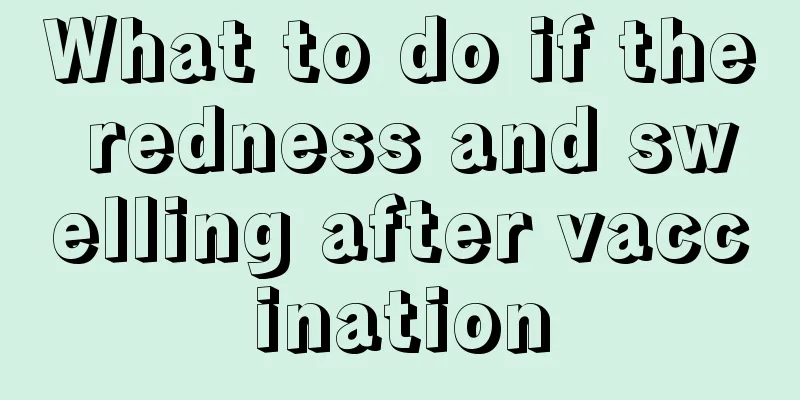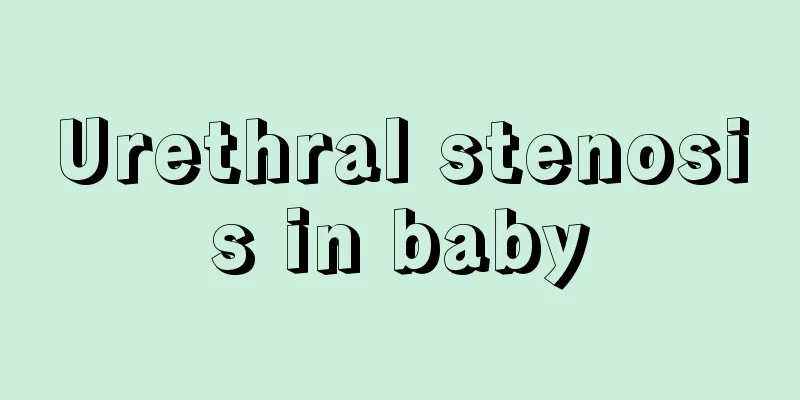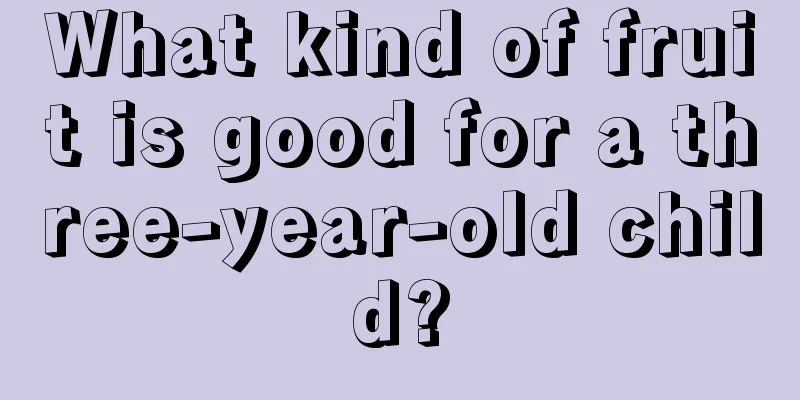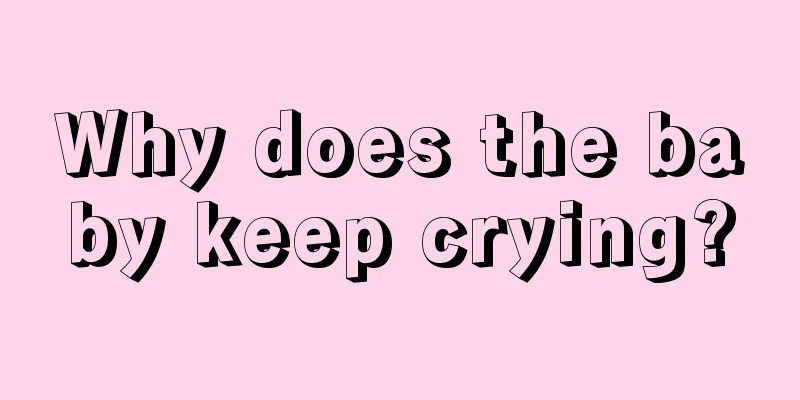What to do if your child has a fever of 38 degrees
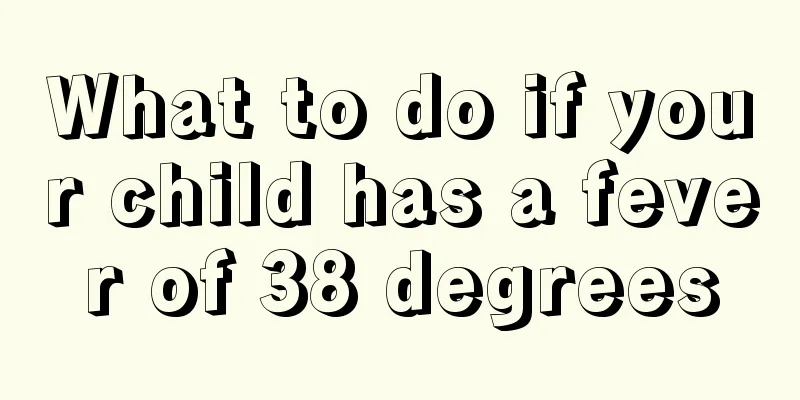
|
Now is the peak season for colds and fevers. Recently, many children have come to the hospital for treatment, most of whom have colds and fevers caused by the temperature difference between day and night. Children are different from adults. They have weak resistance to disease and are likely to have their brains damaged by high fever. Therefore, when a child has a fever, what we need to do is take him to the hospital in time. In addition to seeing a doctor, we usually have some ways to treat and prevent baby's fever. What should I do if my child has a fever of 38 degrees? If the fever is above 38.5 degrees, please ask a doctor immediately to confirm whether it is a viral infection or a bacterial infection. If it is a viral infection, use antiviral drugs. Do not rush to reduce the fever. The fever is only a symptom and the cause of the disease must be found out. Another thing I want to say is don’t be superstitious about intravenous infusion. The doctor said that if you can take medicine, don't get an injection, and if you can get an injection, don't get an infusion. The key is to use the right medicine, not strong medicine. Pay attention to whether there is bacterial or viral infection. The main symptoms and causes are as follows: Fever and runny nose - cold (cold syndrome) Sore throat – pharyngitis, tonsillitis Continuous fever of around 39°C, bloodshot eyes and eye mucus - swimming pool fever Exhaustion and high fever in a hot place - heat stroke (sunstroke) Swollen parotid glands – mumps Ear discharge and emotional instability - otitis media Coughing and difficulty breathing – pneumonia Red gums and excessive saliva - stomatitis Vomiting, cramps, bulging fontanelle – meningitis Vomiting, convulsions, unconsciousness—pneumonia, acute encephalopathy Frequent urination and blood in urine – urinary tract infection Fever and convulsions - heat cramps Treatment: Cold compress If a high fever is unbearable, cold compresses can be used to help lower the body temperature. Place a cold wet towel on your forehead, wrists, and calves, and cover other parts of your body with clothing. When the cold compress reaches body temperature, it should be changed and repeated until the fever subsides. You can also wrap ice cubes in a cloth bag and place it on your forehead. Hot compress If the body temperature is not too high, you can use hot compress to reduce the fever. Use a hot, wet towel to repeatedly wipe the patient's forehead and limbs to dissipate heat from the body until the fever subsides. However, if the body temperature rises above 39°C, do not use hot compresses to reduce the fever. Instead, use cold compresses to prevent the body temperature from continuing to rise. Wipe your body Evaporation also has a cooling effect. Experts recommend using cool running water to help dissipate excess heat from the skin. Although you can sponge your entire body, pay special attention to areas where your body temperature rises, such as your armpits and groin. After squeezing out excess water from the sponge, wipe one area at a time, keeping the rest covered with clothing. Your body heat will evaporate this water, helping to dissipate the heat. Bath Sometimes, there's nothing more relaxing than a warm bath. It can also help relieve fever symptoms. Babies should be bathed in warm water or wrapped in a wet towel, which should be changed every 15 minutes. ●Replenish fluids When you have a high fever, your body sweats to dissipate the heat; but when you have a high fever, your body loses too much water and closes its sweat glands to prevent further water loss, which prevents your body from dissipating the heat. The solution is to replenish fluids, drink plenty of boiled water and fruit and vegetable juice, which are rich in vitamins and minerals, especially beet juice and carrot juice. If you want to drink tomato juice, choose a low-sodium product. Solid foods should be avoided during a fever until the condition improves. If the vomiting is not serious, you can also eat ice cubes to reduce fever. Pour juice into an ice tray and freeze it into ice cubes. You can also put grapes or strawberries in the ice tray. This is especially popular among children with a high fever. It is very important for parents to be patient and caring towards their children. The above are some suggestions and treatment plans for children with a fever of 38 degrees. I hope that parents can learn from them and take good care of their babies. Don’t be afraid of trouble and add or remove clothes for your baby in time according to temperature changes. Only in this way can your baby have a healthy childhood. |
<<: What to do if your 2-year-old baby has tonsil suppuration
>>: What is the cause of the sunken fontanelle in babies?
Recommend
How to educate precocious girls
Because it is developing, girls with early pubert...
What to do if your 6-year-old child has a sore throat
The sore throat of a 6-year-old baby is mainly ca...
What should I do if my baby has a fever and diarrhea?
Nowadays, babies are always sick, such as having ...
Parents dote on their children
For some parents, they feel like they are afraid ...
What should I do if my baby got a bump on the back of his head?
The birth of the baby brought a lot of happiness ...
Can a four-month-old baby eat apples?
Fruits contain a lot of vitamins, which are very ...
What should I do if my child has dark spots on his teeth?
Nowadays, children like to eat some junk food, wh...
How can children grow taller?
I believe that in daily life, many parents worry ...
What should I do if my child has white spots on his throat?
In today's society, most people, whether fath...
How many months after the baby is easy to take care of and how to detect the development level by yourself
I haven't worked since I became pregnant. It ...
Acute tonsillitis symptoms in children
In addition to chronic tonsillitis, there is also...
Treatment for children's blinking
Children should pay attention to some physical ch...
Why are babies more likely to catch colds after nebulization?
Ms. Yuan’s baby Jia Jia is over 4 years old this ...
Symptoms of osteomalacia in children
Before a child is born, expectant mothers will ha...
Causes of nosebleeds in one-year-old children
When a child has a nosebleed, every adult is very...

